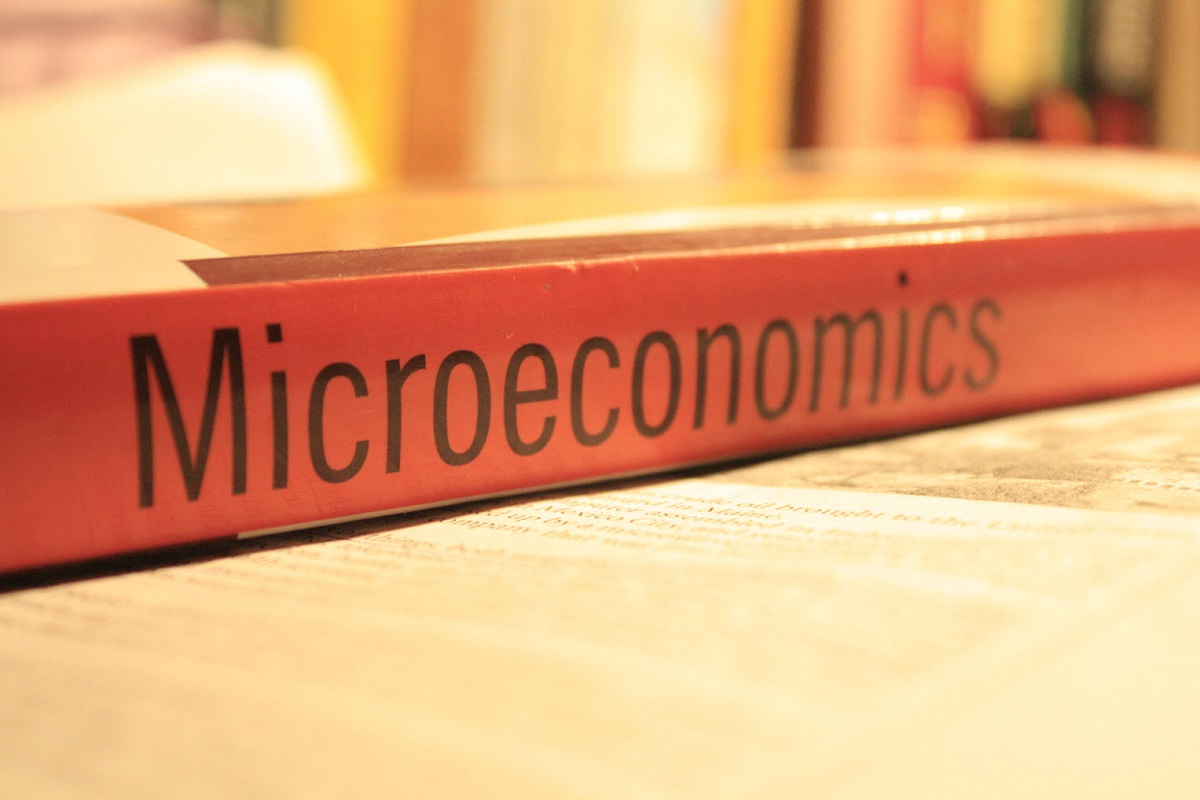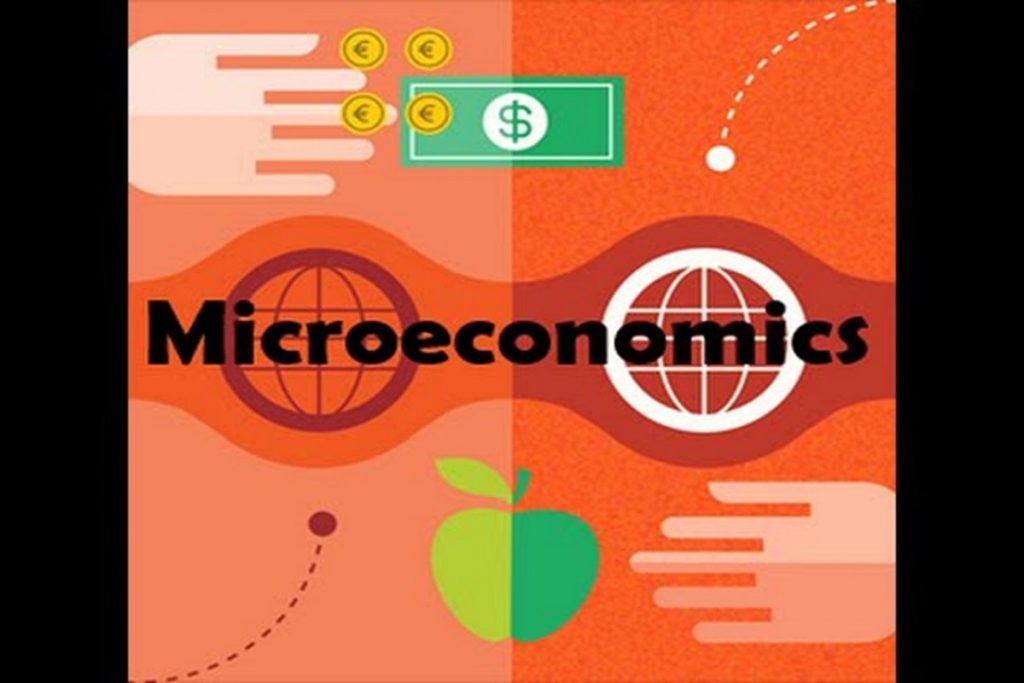The micro economics is the analysis of economic activity from individual behavior. It is a concept developed in opposition to the notion of macro economics, which studies the economy of a country as a unit or a whole in which multiple factors interact.
It should be noted that the economy is a social science that focuses on the analysis of the processes of generation, marketing, and consumption of services and products. This discipline provides knowledge that allows managing scarce resources to satisfy the needs (which are infinite) of people.
Macroeconomics, based on variables such as the level of employment or national income, studies the total sum of goods and services produced in a certain region. This economic branch, therefore, is used as an instrument of political management for the allocation of resources that foster development.

In the case of microeconomics, the focus of interest is on individual agents such as consumers, workers, or companies. Microeconomics holds that individual decisions are made in pursuit of certain objectives. Consumers, for example, try to obtain the greatest possible satisfaction with their purchases and at the lowest possible cost.
More exactly, we can establish that several theories are used within microeconomics to undertake the development of their different applications and their corresponding indicators.
Among those would be, for example, the theory of the consumer thanks to which what is achieved is, starting from the individual preferences of that and the goods that are offered, anticipate the choice that it is going to carry out.
Another important pillar of micro economics is the theory of the producer, which is based on the fact that the companies that are dedicated to controlling the production task to produce products that are effective and that allow them to increase your benefits.
Nor can we ignore the well-known theory of the markets of financial assets that comes to show that we currently have four market structures that are decisive in the field of economics. In particular, these are monopoly, oligopoly, perfect competition and monopolistic competition.
The theory of general equilibrium, that of rational choice or that of supply and demand are others that exercise fundamental keys within micro economics.
It is known as the law of supply and demand to a model that explains how prices are established in a free market. The logic of the offer indicates that, at a higher price of a good, more units will be offered. The demand, on the other hand, is greater when the price is lower.
If the price of a product is too high, consumers will not be willing to pay it, and there will be a tendency for the price to fall to encourage sales. When prices are very low, on the other hand, consumers acquire more, and there may be a shortage of products (which is solved with a rise in prices, until reaching a new equilibrium point).


